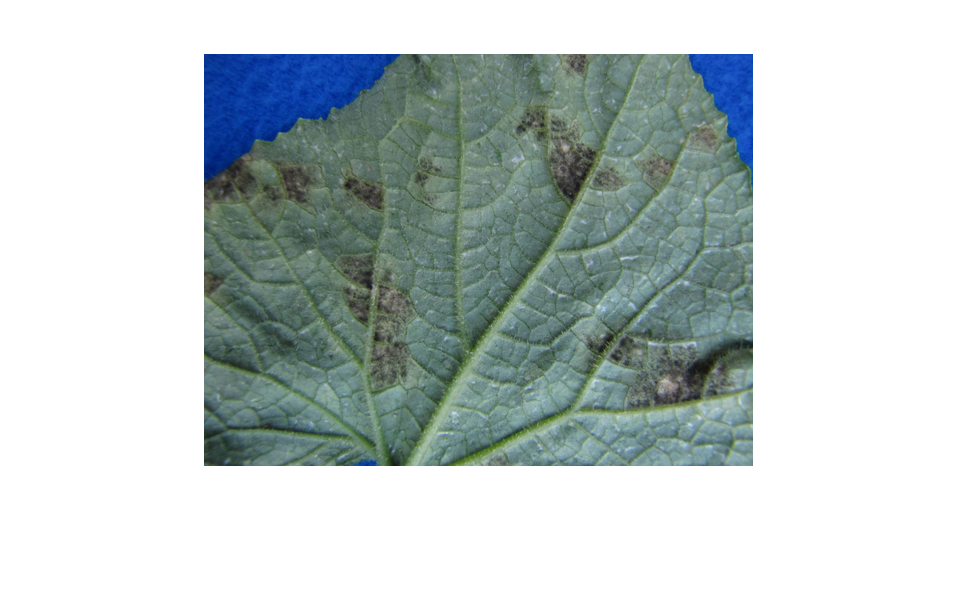Aug 12, 2024Cucurbit downy mildew detected in New England
Cucurbit downy mildew (CDM) has been spotted in New England.
CDM was reported the week of Aug. 5 on cucumber crops by growers in Franklin County, Massachusetts, which is the southern border of New Hampshire’s Cheshire and Hillsborough counties, according to a report from Cornell University.
With recent rainy weather and rain events spread throughout the forecast, there is likely a high risk for CDM pathogen spreading from Massachusetts to southern and central New Hampshire, and perhaps beyond. If infection occurs, expect symptoms to start to appear in 5 days, according to the alert.

CDM can infect more than 60 different hosts, including cucurbits such as cucumber, cantaloupe, watermelon, squash and pumpkin. Producers of these crops should employ protectant fungicides for CDM prior to any future storms. These are listed in the New England Vegetable Management Guide under the crops tab and select the appropriate cucurbit crop(s).
Chlorothalonil or copper products (organic options) are protectant fungicides that most growers probably already possess. Once CDM occurs in a grower’s area, it will be important to switch from protectant fungicides to fungicides with specific activity against CDM, according to the report. These are also listed in the New England Vegetable Management Guide.
Any conventional grower who was not able to get a protectant spray down prior to the rain and who has not sprayed within the past week and is feeling concerned because they did receive rain, Meg McGrath from Cornell suggests applying a locally systemic fungicide such as Curzate (cymoxanil) as soon as possible.
Growers suspecting CDM infections should take photos and send them to their local Extension specialist or the University of New Hampshire Plant Diagnostic Lab via email at unh.pdl@unh.edu, or submit samples to the UNH Plant Diagnostic lab for confirmation.
Read more about CDM here, including a recorded teleconference on managing downy mildew.

















